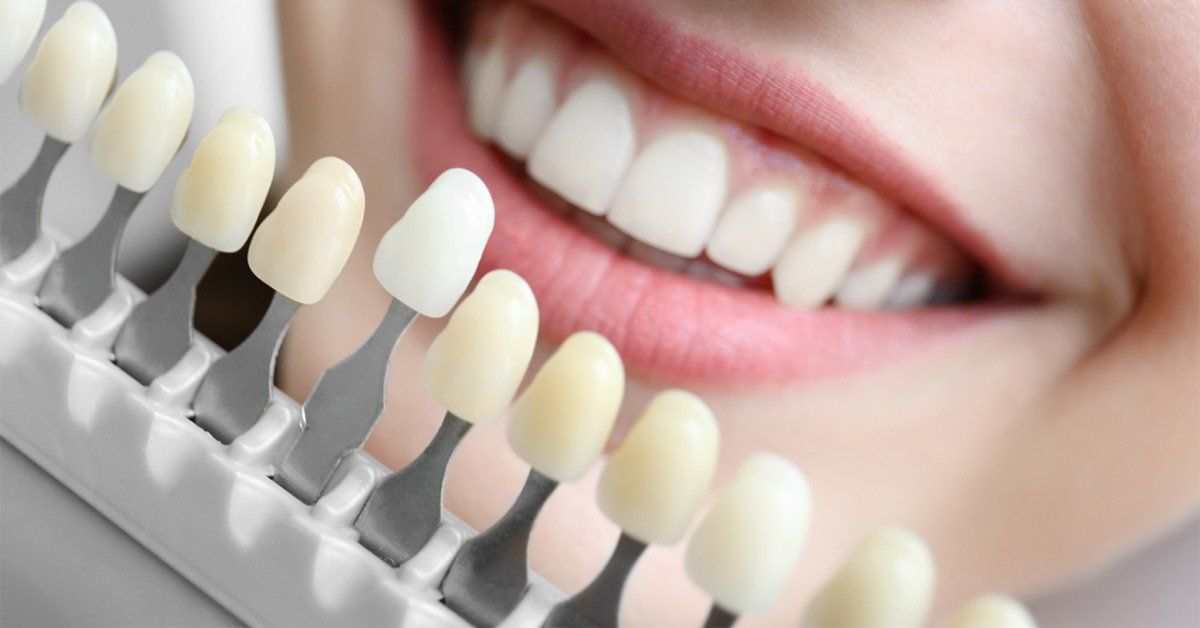
A significant development of calculus, or tartar, across many tooth surfaces is referred to as a Calculus Bridge. Long-term plaque buildup results in calculus, which has a denser, clay-like texture and a darker hue than plaque.
Calculus is particularly dangerous when it starts to penetrate the gum line since it can lead to a variety of dental issues, from cavities and caries to serious gum illnesses. According to study, calculus can develop one to fourteen days after the creation of a plaque.
The risk Calculus Bridge provide to your oral health is something we are aware of at TruCare Dentistry. Calculus bridge side effects, removal techniques, and prevention advice are covered in this blog post.
Table of Contents
Calculus side effects bridges
When the tooth plaque is not removed promptly, Calculus Bridge develop. Calculus Bridge can have a variety of negative impacts on the teeth and oral health as they continue to accumulate. Here are a few examples.
Halitosis

Halitosis, the term used in medicine for persistent bad breath, is one of the most typical symptoms of Calculus Bridge. Not all instances of unpleasant breath qualify as halitosis. Brushing your teeth and gargling with mouthwash might help freshen your breath after eating some particularly smelly foods or when you wake up. However, in the instance of halitosis, the bad breath is so persistent that it persists despite numerous brushings, mouthwash, or mouth fresheners. Numerous sorts of gum diseases, including gingivitis and periodontitis, can be brought on by it.
gum diseases
One of the most frequent adverse effects of Calculus Bridge is gum infections. Gingivitis is the term for the early stage of bacterial infection, during which the gums swell, turn red, and bleed due to inflammation. However, gingivitis can be treated with good oral care and a balanced diet. However, the gums become extremely inflamed and pus pockets develop between the gums and teeth in the later stages of gum infections like periodontitis. Periodontitis can lead to tooth loss, degeneration of the jawbone, and damage to the dental tissues if it is not treated in a timely manner.
recessed gums
Another typical issue brought on by Calculus Bridge is receding gums. The bacterial spread erodes the connective tissue and exposes the tooth roots if gum infections are not treated in a timely manner. That results in severe bone loss in addition to receding gums.
decay and cavities
Bacteria in Calculus Bridge produce acids as a byproduct when they remain on teeth for an extended period of time. Caries and cavities develop on the dental surface as the acids damage the enamel. Cavities can progress to the dentin and pulp if they are not addressed, leading to sensitivity, pain, infection, abscesses, and numerous other dental issues like abscesses.
tooth decay
One of the most frequent adverse effects of Calculus Bridge is tooth loss. Tartar buildup, gum disease, and cavities can eventually lead to tooth loss if they are not promptly treated.
methods for removing Calculus Bridge

Calculus Bridge can be removed by qualified dentists with the help of their knowledge, experience, and, of course, a variety of specialized tools. There are three basic stages to the elimination of Calculus Bridge.
Dental scaling is a cleaning process where a dental hygienist removes calculus deposits from the enamel of teeth as well as below the gum line using specialized equipment. A dental scaler, a hand tool with a tiny hook on the end, is typically used by the dentist to remove calculus deposits rather effectively.
After scaling the teeth, the dentist will polish the surfaces of the teeth. This not only improves the aesthetics of teeth but also stops bacterial growth because the enamel is highly polished.
Calculus Bridge can be removed most effectively via deep cleaning, also known as scaling and root planing. In this phase, the dental hygienist numbs the gums with local anaesthetic and removes calculus from tooth crowns and below the gum line.
Advice for avoiding Calculus Bridge
Calculus Bridge can be avoided by keeping plaque from sticking to the tooth’s surface. Calculus bridge prevention can be greatly aided by a few simple yet incredibly efficient techniques.
Brushing your teeth properly requires two minutes each time, at least twice a day. Use a soft-bristled toothbrush and fluoride-rich, high-quality toothpaste. Brush your teeth softly with little circular motions while holding the brush at a 45-degree angle. Use an electronic toothbrush if you can, or switch to a new one every two months. Use an oral irrigator or a pre-threaded flosser to floss at least once every day, preferably before bed.
Limit your intake of acidic and sugary meals because these are perfect breeding grounds for bacteria. When the bacteria access sugar, plaque builds up on the surface of the teeth quite quickly, and Calculus Bridge swiftly develop. Limit your intake of sweet and acidic foods if you enjoy them. If possible, entirely avoid.
Avoid frequent snacking: One of the main causes of plaque accumulation is eating in between meals. Make it a point to eat meals at the scheduled times and to refrain from eating unhealthy snacks. Try chewing sugarless gum instead of a snack when you feel the temptation. You can occasionally reward yourself with healthful treats like apple slices.
Get rid of harmful habits: Smoking and chewing tobacco can have an adverse impact on dental health and lead to a number of health issues. You can stop using tobacco products, including cigarettes, by chewing gum or using nicotine patches. Quit drinking alcohol and other hazardous behaviors besides smoking. If you’re a frequent coffee or tea consumer, use moderation.
Use tartar-control toothpaste. According to two reputable studies, one review and the other a clinical trial, tartar-control toothpaste, which contains both fluoride and triclosan, can remove tartar buildup and prevent Calculus Bridge.
Stay hydrated because a dry mouth encourages the growth of bacteria and plaque. However, when the mouth is sufficiently hydrated, their growth is limited. Saliva plays a major part in decreasing plaque accumulation and is produced more readily when water is consumed. Fluoride, which is very good for teeth, is also found in water.
Plan routine dental examinations and cleanings: If you’re an adult in good health, you should see a professional dentist at least twice a year for a checkup and cleaning. A dental expert can quickly determine whether there is plaque accumulation or other dental issues using specialized instruments. Using specialized equipment, they will remove plaque and tartar from difficult-to-reach areas during a professional cleaning session.
To summarize,
Calculus Bridge are not only unsightly, but they also pose a serious risk to one’s oral health. They can cause serious dental issues like halitosis, gum disease, cavities, receding gums, and tooth loss if not treated right away.
At TruCare Dentistry, we treat Calculus Bridge and offer dental examinations and expert cleanings, which can stop tartar from forming. Call (678) 321-7575 to schedule an appointment if you’re looking for the top dentist in Roswell, Georgia, or nearby communities like Alpharetta, Dunwoody, Marietta, Milton, Sandy Springs, or Woodstock. Visit our website to learn more about our services.






